

The government of South Australia announced on Friday that U.S. company Tesla has been selected to build the "world's largest lithium-ion battery", in an attempt to ease the state of its crippling power woes.
Making the "historic" announcement in Adelaide, South Australia state's Premier Jay Weatherill said Tesla would use its battery to store energy harnessed by French company Neoen's windfarm in Jamestown, north of Adelaide, in what he said was an "extraordinary collaboration."
The 100-megawatt (129MWH) battery "Powerpack" will store renewable wind energy and act as a failsafe in case of a shortage of power, something which happened on at least three large-scale occasions during South Australia's most recent summer.
The 129 MWH batter will be three times bigger than any current Powerpack anywhere in the world, and Weatherill said it would "transform" the renewable energy landscape in Australia and around the world.
"Battery storage is the future of our national energy market, and the eyes of the world will be following our leadership in this space," Weatherill said in the announcement on Friday.
"It will completely transform the way in which renewable energy is stored, and also stabilize the South Australian network as well as putting downward pressure on prices.
"It opens up new opportunities for renewable energy in this state, in this nation, and around the world, to be dispatchable (to homes and businesses)."
Also in attendance in Adelaide on Friday was billionaire head of Tesla, Elon Musk, who said the project to build the power pack would go "three times further than anyone has gone before".
"There is certainly some risk, because this will be the largest battery installation in the world by a significant margin... the next biggest battery in the world is 30 megawatts," Musk said.
Previously, Musk had said he would be able to have the project up and running "within 100 days" or it would "be free", and on Friday, he confirmed that Tesla plans to have the battery Powerpack in operation by December, the start of the Australian summer.
He said now that South Australia has paved the way for battery storage of renewable energy, other Australian states and other nations across the work should consider installing similar battery storage technology.
"This is definitely the way of the future and it's worth the other states taking a look at this and see if it's applicable to their needs," Musk said.
Meanwhile in a statement released on Friday, Tesla said the battery would be able to send power to up to 30,000 homes in the event of a blackout.
"Upon completion by December 2017, this system will be the largest lithium-ion battery storage project in the world and will provide enough power for more than 30,000 homes, approximately equal to the amount of homes that lost power during the blackout period," the statement said.
"This project is not only sustainable, but will help solve power shortages, reduce intermittencies, and manage summertime peak load to improve the reliability of South Australia's electrical infrastructure."
The South Australian government has previously been criticized by the federal government for its reliance on renewable energies, following a spate of blackouts during the summer, the Australian Energy Market Operator (AEMO) said South Australia's reliance on "non-synchronous" forms of electricity mean the grids were "experiencing more periods with low inertia."
Tesla and the state government's announcement is part of Weatherill's 500 million Australian dollar (380 million U.S. dollar) "energy plan".
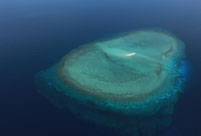 Magnificent view of Nansha Islands in South China Sea
Magnificent view of Nansha Islands in South China Sea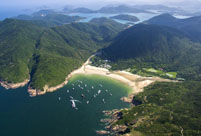 Aerial view shows scenery in Hong Kong
Aerial view shows scenery in Hong Kong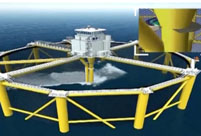 China builds world’s first offshore fish farm
China builds world’s first offshore fish farm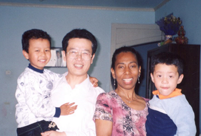 A Foreigner's Chinese Dream and Love for China
A Foreigner's Chinese Dream and Love for China 5,000-year-old Chinese beer recipe goes down a storm in US
5,000-year-old Chinese beer recipe goes down a storm in US World's first driverless rail transit system unveiled in Hunan
World's first driverless rail transit system unveiled in Hunan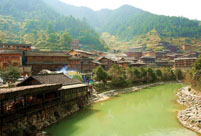 World's largest cluster of Miao villages in Guizhou
World's largest cluster of Miao villages in Guizhou Daily life in Kashgar, China's Xinjiang
Daily life in Kashgar, China's Xinjiang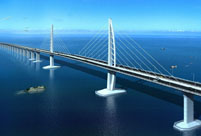 Top 10 Chinese tech and engineering marvels
Top 10 Chinese tech and engineering marvels Top 10 most sustainable cities in China
Top 10 most sustainable cities in China Top 10 European patent applicants in 2016
Top 10 European patent applicants in 2016 The power of 'She' in China
The power of 'She' in China Seven most beautiful art museums in China
Seven most beautiful art museums in China China can rethink stance on Sikkim, Bhutan
China can rethink stance on Sikkim, Bhutan As US turns inward, Chinese public have divergent views on taking global leader role
As US turns inward, Chinese public have divergent views on taking global leader role  Tsinghua offers rent-free apt to disabled student so mother can look after him
Tsinghua offers rent-free apt to disabled student so mother can look after him  Provinces, FTZs follow central govt in further opening up to foreign investors
Provinces, FTZs follow central govt in further opening up to foreign investorsDay|Week